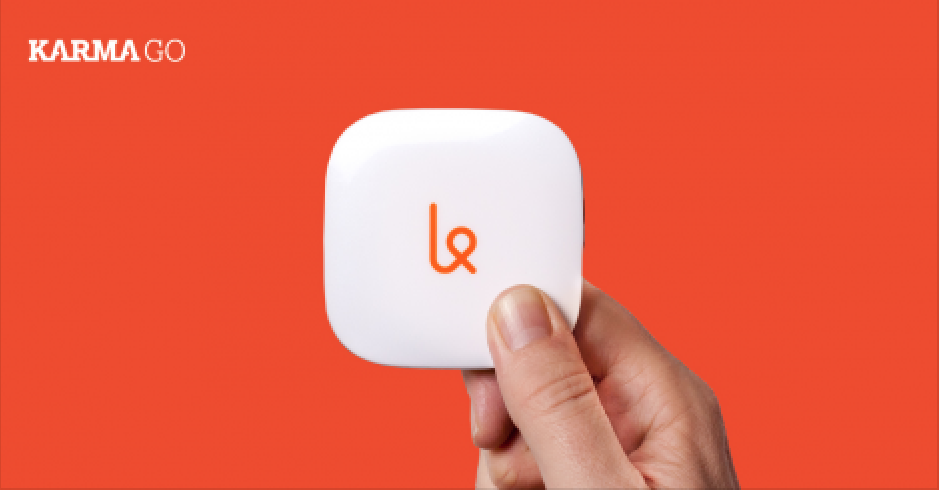As marketers, we’re always looking for ways to optimize the impact and quality of our ads. On a social platform like Facebook, your images are the focal point of your ads, so it’s very important to get them right. They are the elevator pitch, the handshake, and quick hello wrapped into one.
Facebook is a visual platform. While there is plenty of text on the site and in its advertisements, Facebook forces you to use images in your ads for a reason. Images are eye-catching, convey messaging in a compact way, and help to frame content within the platform.
While no two brands or businesses are going to find the same success with the same images, some basic ideas can help guide the image creation process.
Each of the following tips will provide insight on how to craft images that will get your ads operating in top form. We’ll cover three tips to get you started and we’ll focus on the image part of the ad only.
Tip 1: Include Your Brand In The Image
If the image is the first thing someone notices about your ad, you want to get as much bang for your buck from that initial interaction. You want them at the very least to associate your brand with a message even if they don’t click through to a landing page.
This is your first impression, so include your brand on the image itself. It’s your best shot at creating an immediate brand association with the user. If the image conveys what your service does or what your product is, why squander the opportunity to create that brand association?
Let’s look at an example image from the company Home Chef.
Without even seeing the text or anything else from the rest of the ad, we can already make some judgments on what Home Chef is.
The food, cutting board, and pamphlets lead us to believe it’s something to do with food while the box leads us to believe it could be a delivery service. Place the Home Chef brand on the box and an interpretation has been created about what the service is and who provides it. Remove the brand and it’s just a picture of food on a table with no connection to a business.
I’d then have to read the rest of the ad to make that connection. If I happened to be scrolling and didn’t read the rest of the ad, I likely wouldn’t be left with much of an impression.
Tip 2: Use The Power Of An Emotional Appeal
The power of emotional appeals is nothing new to advertising, but it’s easy to gloss over how useful they can be in conveying a message to potential clients and customers.
This is even more important when you offer a service or product that isn’t easily portrayed in an image format. The banking and lending industry, for example, isn’t the easiest service to convey in imagery, but it is a great candidate for emotional appeals. Their service is often meant to get you to a place (financial security, home ownership, etc.) or provide convenience and that is something that can be used in an image.
Let’s look at an image from SoFi, a social lending startup focused primarily on student loan refinancing and consolidation.
You can’t easily show student loan refinancing in an image, but one way to market it is through positive outcomes. The general marketing angle is that if you use their service, you’ll be happier and better off in the long run.
In the image above we’re shown a happy couple in front of a house. The immediate connection drawn is that SoFi has something to do with this couple’s happiness.
If we want to be happy, shouldn’t we figure out if SoFi can help us too?
The power of emotional appeals can center on any kind of emotion, but in the social realm of Facebook where people spend leisure time connecting and sharing with friends and family, happy and funny are two emotions that can do well on the platform.
Tip 3: Use Bold Colors To Draw Attention
What’s the last tip for sprucing up your Facebook images?
Go big and bold on color.
Think about the Facebook experience. What colors are most used on the site? The background is full of white and off white coloring and the color goes to anything that can be interacted with – buttons, clickable text, and images. Facebook wants the background to fade away from the content so it can be easily interacted with.
By using bright and bold colors, your image can stand out from the background as well steering attention to its message and purpose.
Below is an example of an ad that uses bright color as a method to grab user attention. The ad comes from Karma Go, a company that deals in portable Wi-Fi hotspots.
As you can see, the image is relatively simple in content. You have the brand in the top left corner and a hand holding the actual product. There isn’t anything else in the image beside the bright orange background.
That background is sure to stand out against other content, as it’s not typical for advertisers to use solid blocks of bright color like this. Be careful, though, as you don’t want to just throw your logo on an incredibly bright background and think you’ll hit marketing gold. Tie an image strategy like this to your brand and message to make it create a unified ad.
Conclusion
Facebook is a great platform for building awareness for your product or service if you can use its advertising formats to their full potential. The tips above are a great place to get started in thinking through your own creative strategies.






